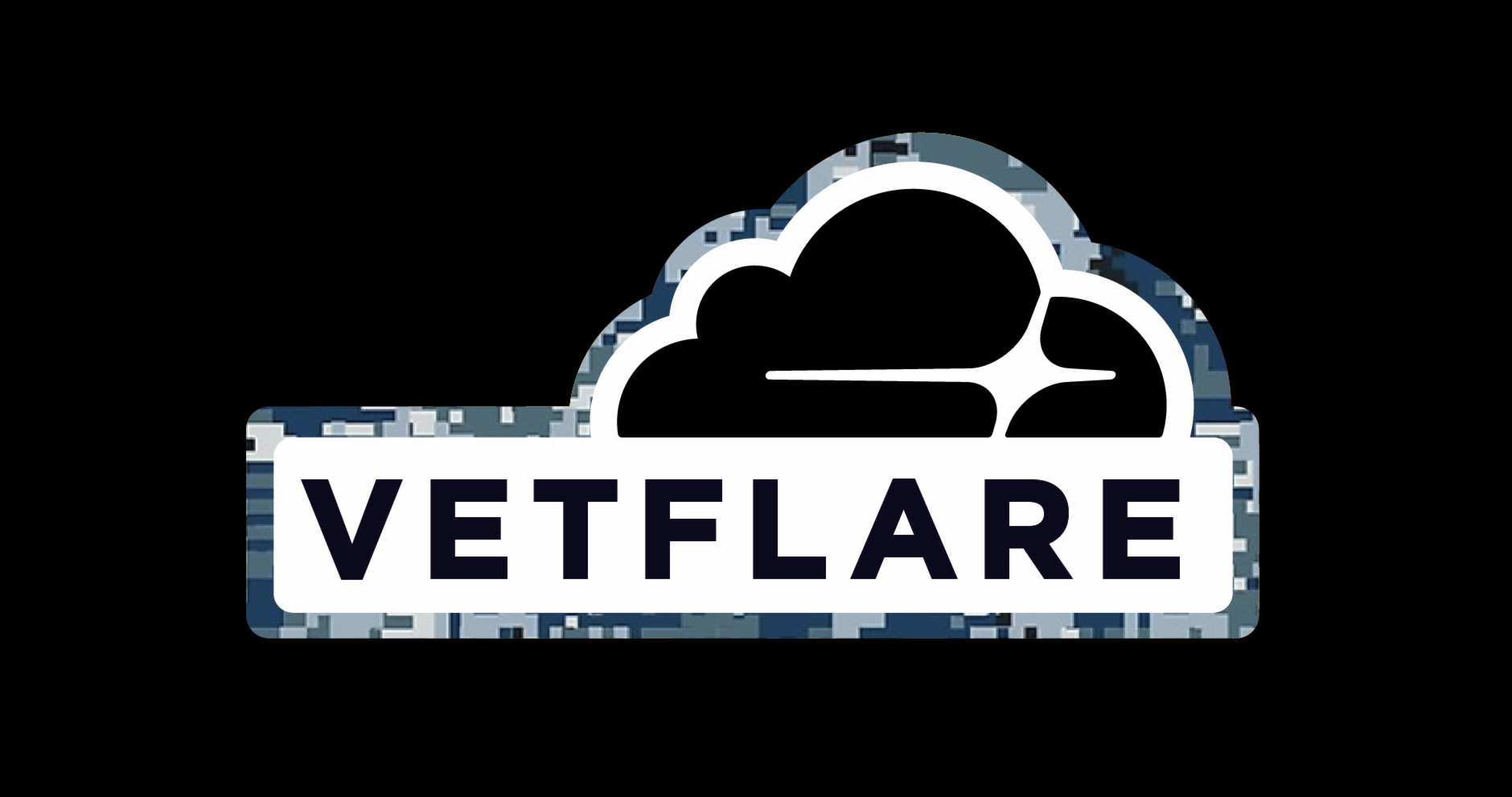Tech Bytes: Solving SaaS Performance Problems With Riverbed (Sponsored)
How do you manage the performance of SaaS applications such as Office 365 when you don't own the applications or the networks they run across? On today's Tech Bytes podcast, sponsored by Riverbed, we discuss the SaaS challenges poised by hybrid networks, latency, and remote and mobile workers, and how Riverbed helps network engineers solve them.Tech Bytes: Solving SaaS Performance Problems With Riverbed (Sponsored)
How do you manage the performance of SaaS applications such as Office 365 when you don't own the applications or the networks they run across? On today's Tech Bytes podcast, sponsored by Riverbed, we discuss the SaaS challenges poised by hybrid networks, latency, and remote and mobile workers, and how Riverbed helps network engineers solve them.
The post Tech Bytes: Solving SaaS Performance Problems With Riverbed (Sponsored) appeared first on Packet Pushers.
Funding Blizzard Dumps $479M on Snowflake
The funding comes as Snowflake continues taking Silicon Valley by storm as one of the...
Vetflare, Cloudflare’s Military Veteran Employee Group Launches


“Diversity leads to better outcomes… better decisions, increased innovation, stronger financial returns, and a great place to work for everyone” said Janet Van Huysse, Head of People at Cloudflare during our Q1-2020 kickoff. Veterans, people who have served in the military, are a vital element of a diverse workforce. We come in diverse shapes, sizes, colors, genders, and orientations. We bring diverse skillsets, experiences, and perspectives.
If you haven’t served in the military and haven’t worked with many veterans, here are some of the things that you can expect from your colleagues or direct reports that are veterans.
Veterans know what it means to SERVE. Indeed, it is a truism that living in service to others is a life well-lived, and that service to others is a foundation of esprit de corps. Though relatively few of us have seen combat, we have all signed a blank check to our nation made payable for any amount, up to and including our lives. This is what it means to become part of something bigger than oneself. This translates to putting our common shared interests ahead of our personal interests even when that means becoming an instrument of a foreign policy we Continue reading
Network Break 270: Google Reports Cloud Revenues; HPE Acquires Cloud Security Startup Scytale
Take a Network Break! Google breaks out cloud revenue for the first time, Cisco tackles significant CDP vulnerabilities, HPE buys a cloud security startup, the Trump administration ponders an all-American 5G, and more tech news.Network Break 270: Google Reports Cloud Revenues; HPE Acquires Cloud Security Startup Scytale
Take a Network Break! Google breaks out cloud revenue for the first time, Cisco tackles significant CDP vulnerabilities, HPE buys a cloud security startup, the Trump administration ponders an all-American 5G, and more tech news.
The post Network Break 270: Google Reports Cloud Revenues; HPE Acquires Cloud Security Startup Scytale appeared first on Packet Pushers.
MWC Barcelona Hit by Coronavirus
GSMA, the event organizer, claims the event will still get underway in less than two weeks, but...
Is the future both off AND on premises ?

Originally Published in the Human Infrastructure Magazine in December 2017. Sign up here, its free Is the future both off AND on premises ? With the smoke clearing from the 21-gun salute delivered at AWS’ conference this week where a barrage of applications and services were announced, I was reading a transcript of Cisco executive […]
The post Is the future both off AND on premises ? appeared first on EtherealMind.
OCP Global Summit 2020 to Inspire Adoption of Open Technology
The Open Compute Project Foundation (OCP), a collaborative community focused on redesigning...
Book Giveaway Winners
As you know couple days ago I announced that I will giveaway 3 of my books to 10 people. In this post, you will see the names of the winners. Thanks for the all participants and I am glad to share my efforts with the community. Also I have many new connections who I can provide useful content by the time. At the end of the post, you will see another surprise by me!
1022 people liked it, some of them was 2nd level connection while they liked, and some of them applied after 11pm gmt+3 on Sunday Feb9, 2020. Thus, 894 people were counted as eligible.
Random name picker on https://commentpicker.com/random-name-picker.php was used to pick the names.
List of the people who won the books as below. We will be connecting them to learn which book they want to receive from us.
- Akinfemi Akinyanju
- Dennis Krulac
- Vannaro Mao
- Navid Yahyapour
- Vuthha Seang
- Marius Viotel Nastasa
- Luca Banfo
- Ahsan Mateen
- Abderrahmane Bendaoud
- Siva Ntshobane
- Hassan Shah
I would give the books to 10 people but one of my LinkedIn followers wanted to give one book as a gift, thus we selected 11 Continue reading
Segment Routing (SR) and Topology Independent Loop Free Alternates (TI-LFA)
In this blog we will we will introduce Topology Independent - Loop Free Alternates (TI-LFA). TI-LFA...
Software-defined data center and what’s the way to do it
SDDC – Software-Defined Data Centers Times of Software Defined everything has long since arrived, the need to implement many appliances, two or more for each network function, is not so popular anymore. The possibility to manage packet forwarding, load balancing and security of network traffic inside the datacenter from one simple web console is showing finally that things can be managed in a simpler way after all. All vendors in the networking world tried to come up with their own way of centralizing data center management, as it ends up, all of them did it, some better than the others.
The post Software-defined data center and what’s the way to do it appeared first on How Does Internet Work.
Announcing the Slates of Candidates for the 2020 Board of Trustees Elections

As Chair of the Internet Society Nominations Committee, I am pleased to announce the slates of candidates for the 2020 Board of Trustees elections. The candidates for each slate are listed below in alphabetical order by last name.
Chapters Election (two seats available)
- Satish Babu
- Maymouna Diop
- Luis Miguel Martinez
- Glenn McKnight
- Amir Qayyum
- Roberto Zambrana
Organization Members Election (one seat available)
- Olivier Alais
- Ted Hardie
Additional nominations for election to the Board of Trustees may be made by petition by the candidate, and filed with the Chair of the Nominations Committee using the online form available at the Petitions page: https://www.internetsociety.org/board-of-trustees/elections/2020/petitions/
The deadline for receipt of petition requests is Friday, 21 February at 15:00 UTC. The deadline for petition signatures is Friday, 28 February at 15:00 UTC. The names of any successful petitioners will be placed on the ballot. The final candidate slate will be announced on Monday, 2 March and voting will open on Thursday, 19 March.
Learn more about the candidates and the elections, including the petition process at: https://www.internetsociety.org/board-of-trustees/elections/
The Committee thanks all of the nominees who expressed interest and willingness to serve on the Internet Society Board of Trustees.
The post Continue reading
Be Careful When Using New Features
During a recent workshop I made a comment along the lines “be careful with feature X from vendor Y because it took vendor Z two years to fix all the bugs in a very similar feature”, and someone immediately asked “are you saying it doesn’t work?”
My answer: “I never said that, I just drew inferences from other people’s struggles.”
A Step Back
Networking operating systems are probably some of the most complex pieces of software out there. Distributed systems are hard. Real-time distributed systems are even harder. Real-time distributed systems running on top of eventually-consistent distributed databases are extra fun.
Read more ...Deep Sea Diving
There is something quite compelling about engineering a piece of state-of-the-art technology that is intended to be dropped off a boat and then operate flawlessly for the next twenty-five years or more in the silent depths of the world's oceans! It brings together advanced physics, marine technology and engineering to create some truly amazing pieces of netw2orking infrastructure.Money Moves: January 2020
Arista networks buys Big Switch; VMware acquires AIOps vendor Nyansa to bolster SD-WAN; plus the...
